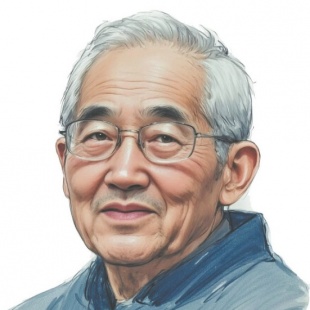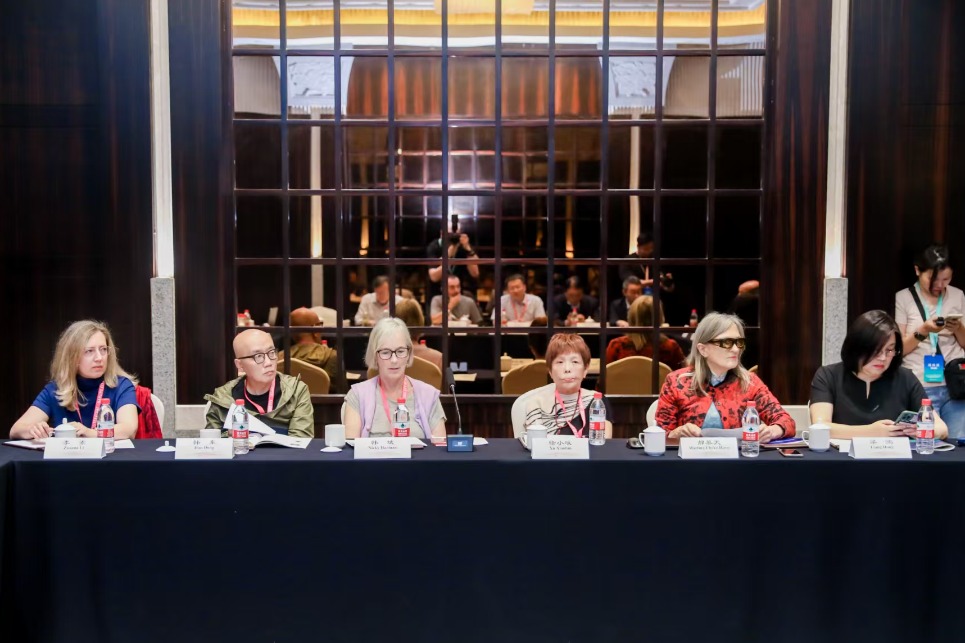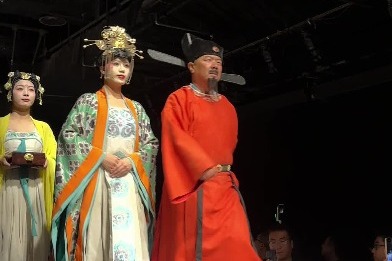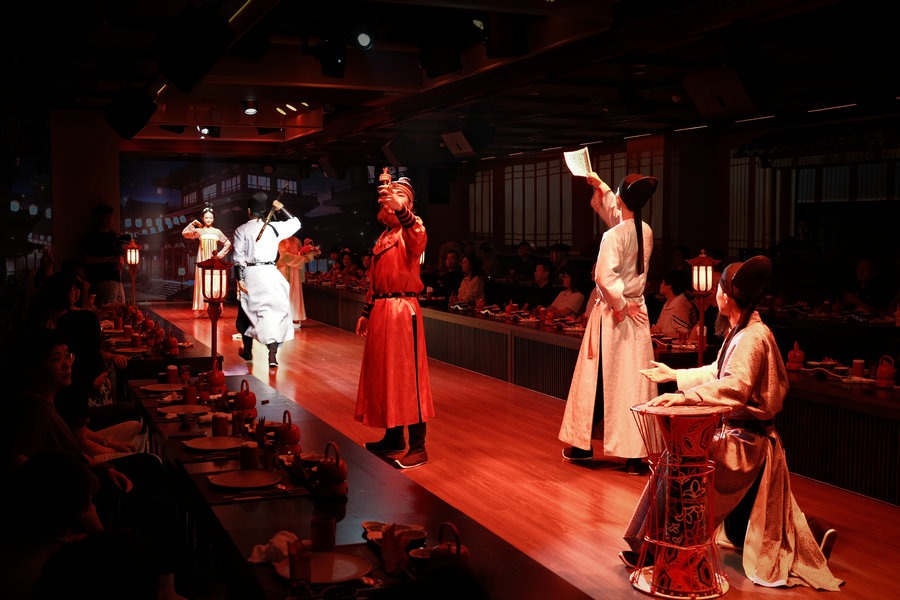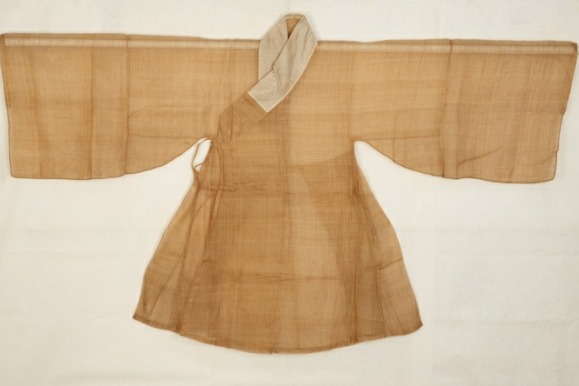Soundbites


We Chinese archaeologists are always talking about Liangzhu and Hongshan cultures. They appear like the two wings of ancient Chinese civilization. Now, the Archaeological Ruins of Liangzhu City have already been successfully inscribed on the World Heritage List of UNESCO. We are all looking forward to seeing Hongshan on the World Heritage List.
So, what's the real ... outstanding universal value of Hongshan for the potential nomination? People are talking about the altar, tombs and the temple. But based on my own experience with the international nomination work for World Heritage, if I can kindly suggest we can outline the most important things in three respects: the stone-structure establishments as outstanding archaeological monuments and sites; then, the jade dragon as the cultural symbol of traditional China; and the statues and sculptures to reflect the early-period belief systems.
(The Niuheliang site) is very impressive if you look at the structure, shape and size of this kind of ceremonial center. The jade dragon is so important. We all say the Chinese people are "sons of the dragon". If you look at jade dragons found from different Hongshan cultural sites, (you can find) they are all so well-designed and they are very, very unified.
So, we can see the dragon culture is deeply rooted in the early period (of Chinese civilization) like Hongshan culture. It's amazing and very interesting, but very complicated to study the early belief systems of the Hongshan people, based on the very important archaeological findings like this female head. I think Chinese archaeologists need to do more research on this female head to understand the very complicated belief systems.


